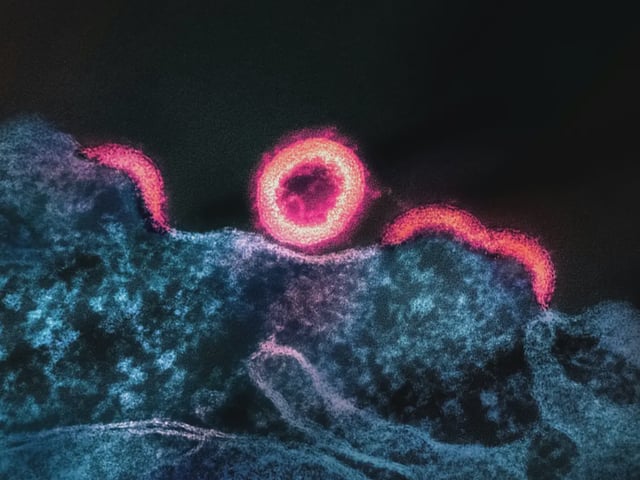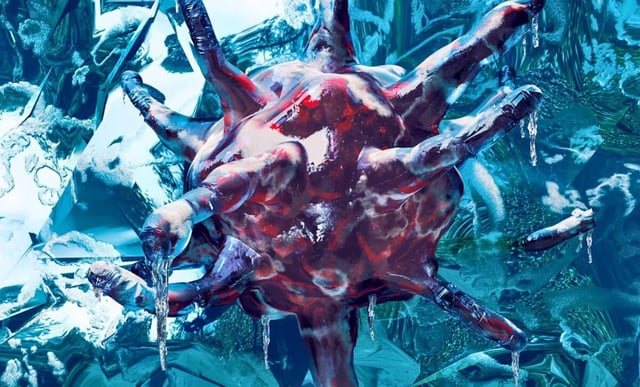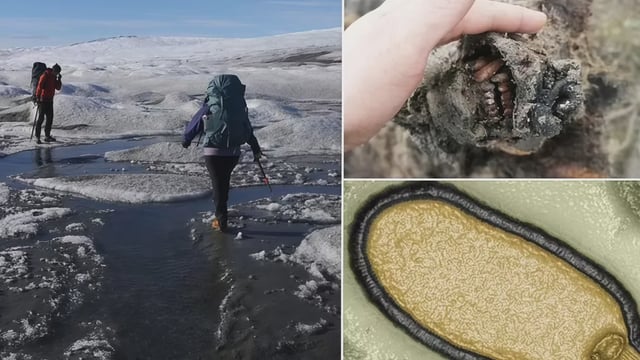Overview
- CU Boulder researchers thawed and wetted permafrost cores from the U.S. Army Corps’ Permafrost Research Tunnel near Fairbanks and incubated them at 3–12°C to simulate an Alaskan summer.
- Activity was initially extremely slow for months, then many communities abruptly expanded around the six-month mark and formed visible biofilms, according to the study in JGR: Biogeosciences.
- Using heavy-water tracers to track new cell material, the team found that extended periods above freezing mattered more than short heat spikes for reactivating dormant microbes.
- The reawakened microbes can decompose long-frozen organic matter and release carbon dioxide and methane, signaling a potential feedback that could amplify warming as Arctic summers lengthen.
- Researchers said the revived microbes likely could not infect people and were handled under strict lab containment, while experts note broader pathogen risks remain uncertain and the results come from a single Alaska site.


